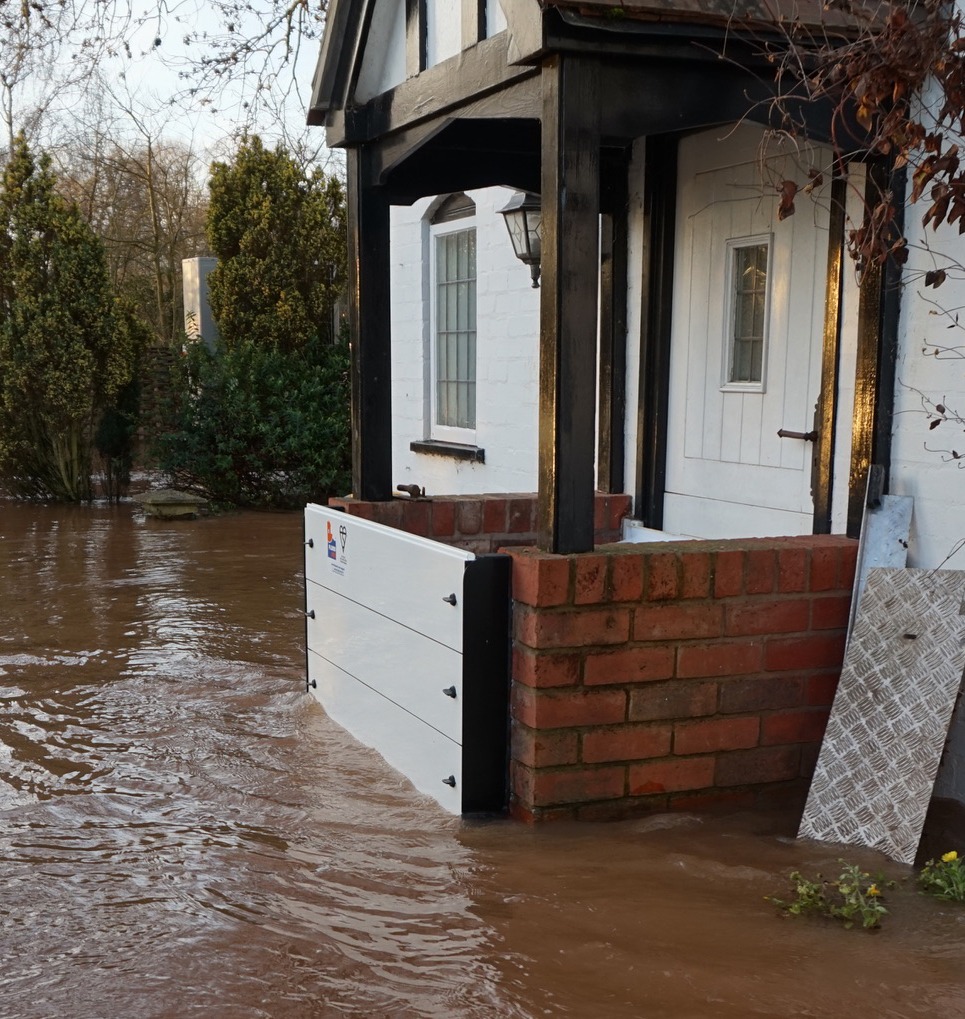On my recent travels, I spent the day talking to many residents in a Cambridgeshire village that sadly flooded again over the Christmas period. This wasn’t the first time the village has flooded, with many people telling me about floods that also occurred in the 2000s, 1990s and as far back as the 1950s.
Something that really struck a chord with me was that I was repeatedly told the same story; that the flood barriers they had on their doorways had failed in the most recent floods. I know the make and type of barrier that people were talking about and have much evidence of it successfully working during a flood, so I was intrigued to find out more and did a little detective work.
I found out that the barriers had been installed way over 10 years ago and no maintenance had occurred, since they were first delivered.
This is by no means the first time I’ve been told this. When I asked where the barriers had been stored, one man said in his conservatory (in direct sunlight) and another said ‘outside in the garden’. These flood barriers have been used quite regularly in the past.
It really made me realise that help is needed to make sure that anyone who owns flood protection measures are made aware of what is required to maintain them. We would not dream of owning a car or a gas boiler, for example, and not servicing it, as we know they would stop working or become faulty. It is exactly the same for Property Flood Resilience measures. In these instances the barriers concerned had some rubber components, which are likely to have perished over time and need urgent replacement.
The new industry-wide Code of Practice includes a whole section of guidance on maintenance, hand over and storage, as it is deemed essential. Annual maintenance for some products is recommended as general wear and tear has the potential to reduce their effectiveness, especially flood doors, as pushchairs, dogs etc regularly walk over them and can degrade the rubber seals.
Self-closing air bricks need clearing out at least once a year as spiders can build a web in them and we all know how strong a spider’s web is! Also any rubber seals on any doorway flood barrier can degrade and will need replacing to be effective.
It is also important to note that any barrier should be stored out of direct sunlight and, if possible, in a bag that will keep it clean, dry and in as optimum condition as possible. Importantly, if you sell your home, do make sure the new owners know how to correctly install the barrier. Some new residents I spoke to found the barriers but did not know what they were or how to use them, until they asked their neighbours!
It was heart-breaking to hear so many stories from the residents of the misery being flooded had on their lives. As such, I now feel even more passionately about just how important proper maintenance and storage is. They may not stop all the water every time, but it will give people time to move treasured belongings out of danger and will certainly reduce the overall impact being flooded has.

